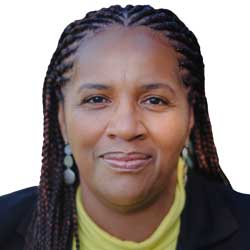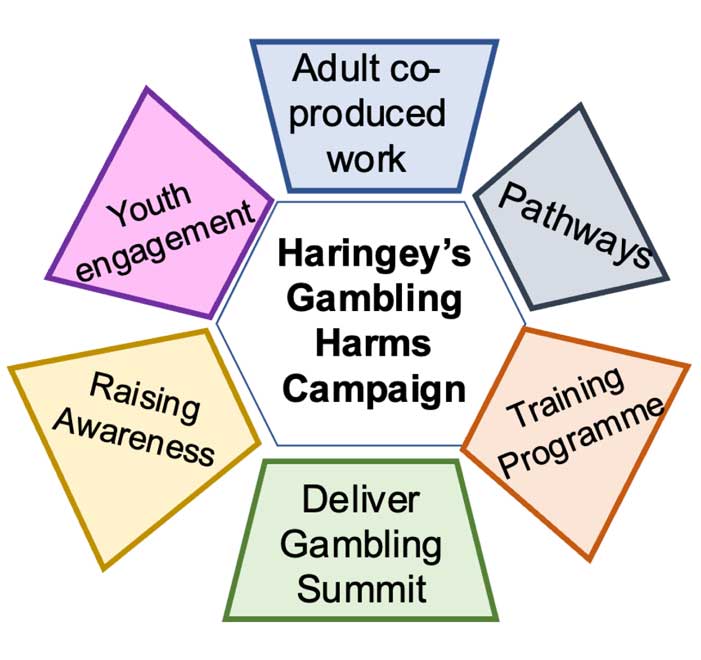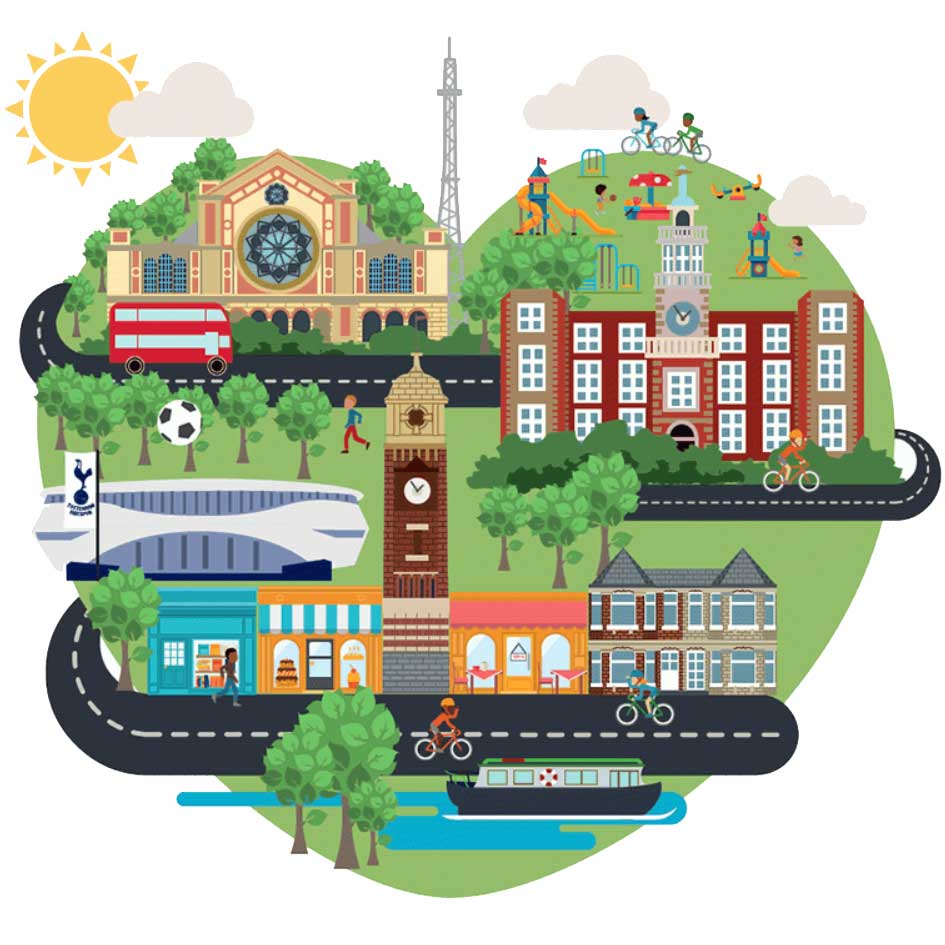Health in All Policies
Marlene D’Aguilar tells Liz Zacharias how Haringey is embedding health considerations in its decision-making process

HEALTH, CARE & SUPPORT
Image: Istock

Marlene D’Aguilar
Health in All Policies Strategic Lead, London Borough of Haringey

Liz Zacharias
Director, Campbell Tickell
Issue 67 | September 2023
What made Haringey go for a ‘Health in All Policies’ approach?
“The council saw an opportunity to promote the view that health is everybody’s business – like safeguarding. These intentions were outlined in the 2016 publication of Public Health England’s document on a ‘health in all policies’ approach. We all have a part to play in improving the health of our populations. It is also a way to address health inequalities and inequity by looking at health as a component, right from the start. It is recognising that at least 80% of our health is determined by behaviour, socio-economic circumstances and the physical environment, therefore working across the council and with our partners is the best way to tackle these issues.
“We wanted to take a collaborative approach across the council and with all our partners to really embed health considerations in all decisions and policies.”
Q: How did you go about embedding a health view in all policies?
“We talked to people! I have a small team and we make sure that we are all attending meetings and forums where we can bring in the public health perspective. We don’t just work strategically, we get involved in programmes, initiatives and work-streams. For example, we sit on the Place Board – which is the council’s strategic board for placemaking with Haringey, which includes regeneration, climate change and the urban environment. We try to understand residents’ needs by speaking to them and facilitate where we can to make things happen.
“We engage with local communities, including school children, and have set up schools superzones Schools Superzones | Haringey Council. Near one school, a green space was predominantly a magnet for anti-social behaviour. It was not being used by children or by older people who lived in a nearby residential home. Using school superzones funding and some council resource, we have created an inter-generational space that can be used by all the local residents. Led by the Regeneration Team, we worked with the children and old people to co-design what that space should look like – it took a year to re-develop, but it is now an inviting space. Recently the children from the school planted 90 plants there – so it’s being used for education and recreation.”
Q: How do you use data to help you?
“We use data from public health ‘fingertips’ Public health profiles - OHID (phe.org.uk) and from the local census. We drill down to lower super output areas – so really granular data on the population and the prevalence of issues like poverty and income levels, health conditions, tenure and housing benefit – who is receiving council tax discounts, rent arrears levels. We use all the data we can access. If health colleagues have carried out research or data analysis, we draw on that rather than over-engage with people – to understand the issues and the cluster of issues in an area.
“We also engage directly with neighbourhoods, and work with people to co-produce and re-shape services. Listening to what they think the issues are and what they think needs to be done about them is paramount.
“We are very evidence based and use data to influence policy. We learn what is happening on the ground and feed it into strategy, and the other way round. For example, when the council’s planning department receives an alcohol licensing application, we will look at things like alcohol-related admissions, or alcohol-related crimes in an area, providing evidence for licensing to either refuse a licence, or to put strong conditions on it.
“We also write Joint Strategic Needs Assessments (JSNAs) for a range of issues. In 2018, we produced an Air Quality JSNA that set some recommendations on how to improve local air quality. Now we are looking at JNSAs that cover impact of climate change, housing, heatwaves, etc and how these are affecting people’s health and what we need to do to reduce or mitigate these impacts.
“When the council’s planning department receives an alcohol licensing application, we will look at things like alcohol-related admissions, or alcohol-related crimes in an area.”
How did you get other departments to buy in to it and think about policies from a health point of view?
“We focus on what will be beneficial to them and provide information they may not have access to – like the licensing example above. We also make sure that we recognise what is positive about what they are doing, so we’re not just saying do more, do better.”
How have you worked with local people in Haringey to promote Health in All Policies?
“We consult a lot and engage with people to find out what they want and what they need. For example, our Gambling Harms Programme includes youth engagement and awareness-raising across the board with local communities, charities, professionals like GPs. Our own lead members have championed this work and they and our local councillors – all were trained on the issues of gambling harms.
“Gambling Harms work in Public Health is still relatively new across the UK, therefore in Haringey we have had to develop our programme in last couple of years. We work closely with GamCare, Haringey’s GP Federation and North Central London Integrated Care Board and others to create referral and services pathways, training programmes and raise awareness among residents, professionals and volunteers.”

What would you like to achieve going forward?
“I’d like to see a Health in All Policies approach embedded across the UK – Wales has adopted it and so are more and more London boroughs. It would be good if this was the norm across the country – it really can have an impact. Our Gambling Harms Programme was developed and implemented with limited resources. However, using the Health in All Policies approach means we can make a start by building strong partnerships, utilising national, London and local data and ensuring local residents are involved.”



